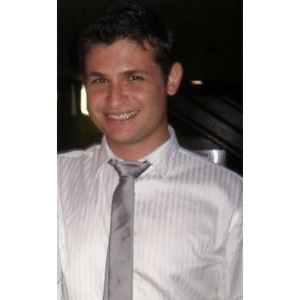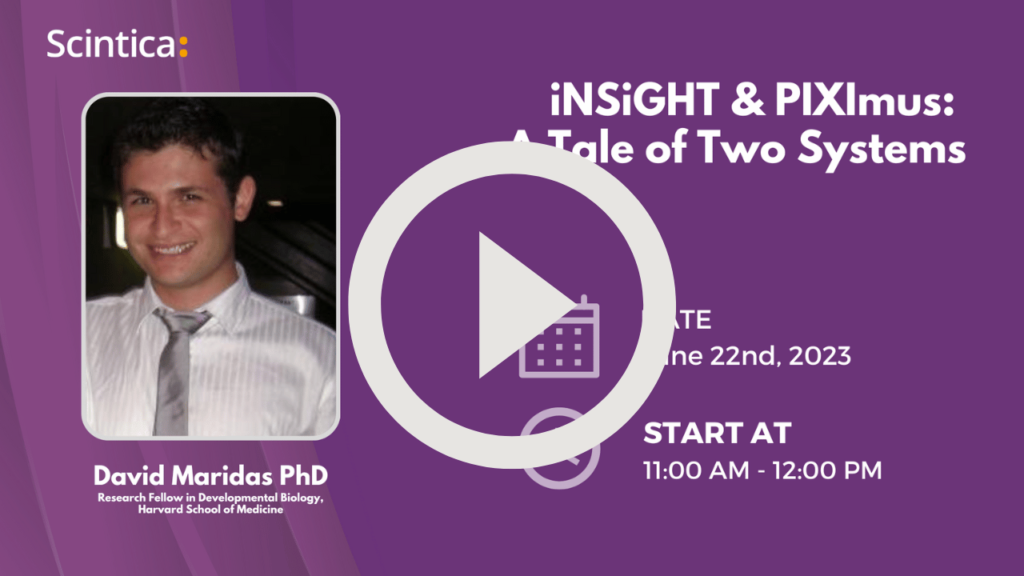(June 22, 2023) Webinar: iNSiGHT & PIXImus: A Tale of Two Systems
Overview:
In this webinar, Dr. David Maridas from Harvard School of Medicine shared how the latest Dual X-ray Absorptiometry (DXA) advances helped his research. Dr. Maridas walked us through comparing different systems used in acquiring and analyzing data.
Dual X-ray absorptiometry allows measurements of fat mass, lean mass, bone mineral density, and bone mineral content in live animals. The short radiation exposure time allows for measurements to be performed in vivo using relatively little anesthesia (e.g., isoflurane), making DXA a powerful tool to frequently measure multiple parameters throughout the life of an animal.
Over the years, multiple DXA systems were implemented with different strengths and weaknesses. During this webinar, we compared the PIXImus and the iNSiGHT for measurements in adult mice.
Looking at the latest advancements in the field of Dual X-ray Absorptiometry (DXA), Dr. Maridas focused on the comparison of two systems, the iNSiGHT and the PIXImus, which are important tools for the accurate measurement of fat mass, lean mass, bone mineral density, and bone mineral content in live animals.
David critically evaluated and contrast the strengths and weaknesses of these systems in terms of their functionalities, logistics, and the unique challenges they pose, providing guidance for researchers in making the most suitable choice based on their specific requirements and constraints. In conclusion, the selection of a system would depend on the need of scientists and the available space for the machine.
Key Points:
- Evolution of DXA Technology: Watch & learn about the technological advancements in DXA as Dr. Maridas delves into the transformation from legacy to contemporary systems, illustrating how the development of this technology impacts the precision and efficiency of live animals.
- iNSiGHT-ful Comparison: With first-hand experience working with both the iNSiGHT and the PIXImus DXA systems, Dr. Maridas will provided an in-depth, comparative analysis, presenting unique strengths and functionalities.
- Behind-the-Scenes Coordination: Gain exclusive insights into the dynamics and understand how the systems influenced Dr. Maridas’s research outcomes.
About the Speaker (s)

Dr. David Maridas
Research Fellow in Developmental Biology, Harvard School of Medicine
David is currently an Instructor in Developmental Biology at the Harvard School of Dental Medicine. During his graduate training, he acquired extensive training in skeletal biology using mouse models. David studied how different physiological and exogenous factors such as Insulin Growth Factor Binding Protein 4 (IGFBP4) and parathyroid hormone (PTH) can affect bone mass, architecture and function. Later, he designed experiments with nutritional manipulations including obesogenic and anorexic diets for mice and investigated their effects on metabolism and skeletal biology. Currently, his postdoctoral research is focusing on TGF-b superfamily ligands and receptors and demonstrated that their manipulation could affect peak bone mass acquisition and age-related bone loss in mice.
